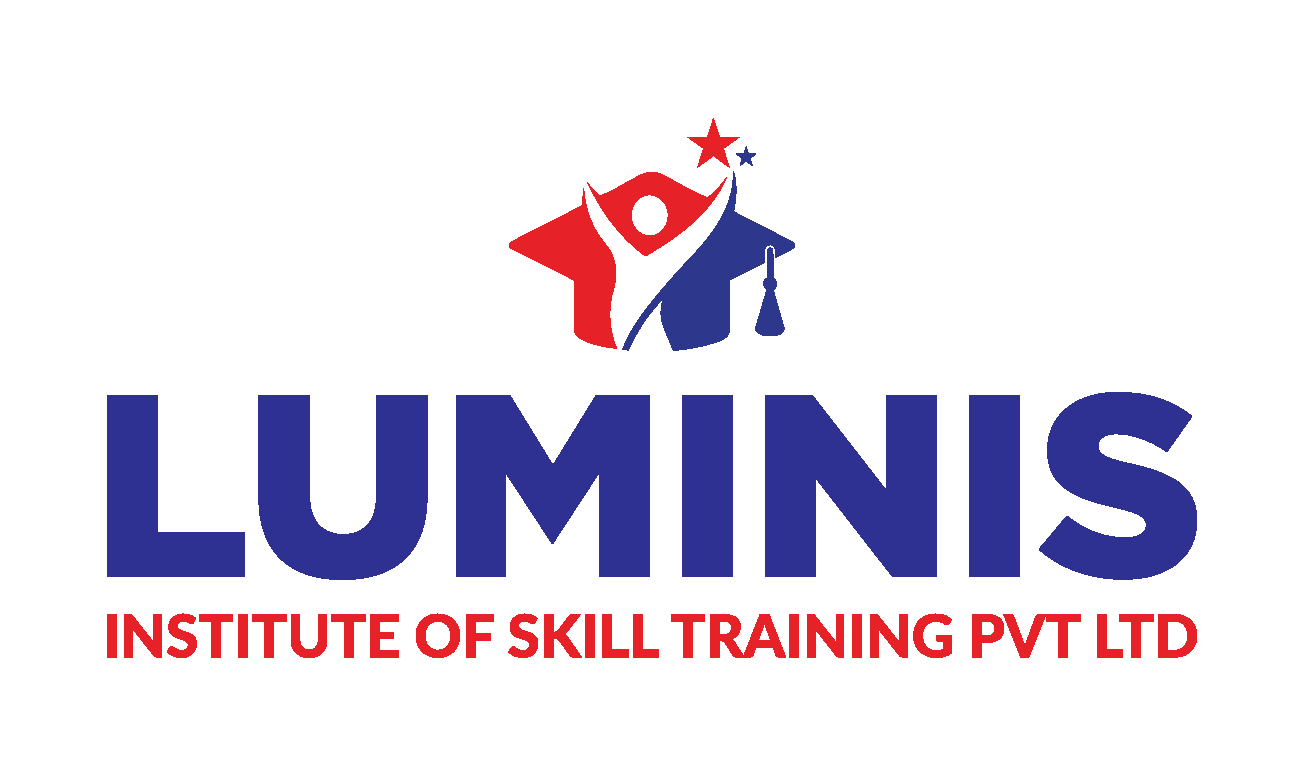Are you curious about Medical scribing? It is an essential part of the healthcare industry, as it helps healthcare providers document patient encounters accurately and efficiently. With the advancement of technology, two popular options have emerged: live medical scribing and offline medical scribing. It involves a scribe being physically present during the patient encounter and documenting it in real-time. When offline medical scribing is used, a scribe reviews audio or video recordings of the patient encounter and documents them later. In this blog, we will compare each approach and examine their differences to help you decide which is best for your practice.
Live Medical Scribing
The practice of live medical scribing is a widely favored option that involves the physical presence of a scribe during patient encounters. The scribe accompanies the healthcare provider, attentively listens to the conversation, and records the encounter in real time. This approach facilitates prompt feedback and clarification, thereby ensuring precise and comprehensive documentation. Nonetheless, live medical scribing necessitates coordination between the scribe and the healthcare provider, which may affect workflow and patient scheduling. Consequently, this approach may not be suitable for practices with high patient volumes or limited staff. One of the primary benefits of live medical scribing is the immediate feedback and clarification it provides. The scribe can communicate directly with the healthcare provider, clarifying any uncertainties and ensuring accurate documentation. This can lead to better teamwork and improved patient care. Additionally, live scribing can help reduce the burden on healthcare providers, allowing them to focus on patient care rather than documentation. However, live scribing requires coordination between the scribe and the healthcare provider, which can impact workflow and patient scheduling. This may not be suitable for practices with high patient volumes or limited staff. Additionally, live scribing may be more expensive than offline scribing, as it requires an on-site scribe.
Offline Medical Scribing
Offline medical scribing is an increasingly popular alternative that involves a scribe who examines audio or video recordings of patient interactions and subsequently documents them. This approach can prove to be more economically viable for medical establishments, as it obviates the necessity for an on-site scribe. Additionally, it affords greater scheduling flexibility and diminishes the requirement for physical presence during patient encounters. Nevertheless, offline medical scribing may not be suitable for intricate cases or instances where multiple healthcare providers are involved in a patient’s treatment. It also requires a high level of accuracy and attention to detail, as the scribe must transcribe the recorded information accurately. One of the primary benefits of offline medical scribing is its flexibility and cost-effectiveness. It eliminates the need for an on-site scribe, which can help reduce costs and increase flexibility in scheduling. Additionally, offline scribing allows for more thorough documentation, as the scribe can review the recorded information multiple times to ensure accuracy and completeness. However, offline scribing requires a high level of accuracy and attention to detail, as the scribe must transcribe the recorded information accurately. Additionally, offline scribing may not be suitable for complex cases or when multiple healthcare providers are involved in a patient’s care. It also requires specialized software or equipment, which can add to the overall cost of the approach.
Choosing the Right Approach
When deciding between live and offline medical scribing approaches, it’s important to consider your practice’s needs and preferences. Factors such as workflow preferences, communication requirements, and technology infrastructure should be taken into account.
For practices with high patient volumes or limited staff, offline medical scribing may be a better choice due to its flexibility and cost-effectiveness. However, it requires a high level of accuracy and attention to detail during transcription.
For practices with complex cases or when multiple healthcare providers are involved in a patient’s care, live medical scribing may be a better choice due to its immediate feedback and clarification. However, it requires coordination between the scribe and healthcare provider, which can impact workflow and patient scheduling.
The choice between live medical scribing and offline medical scribing hinges on several key factors. Live scribing excels in delivering real-time accuracy and enhancing communication between healthcare providers and patients. However, it can be costlier and may sometimes interrupt the flow of patient interactions. In contrast, offline scribing offers cost-efficiency and flexibility, allowing providers to maintain their focus during patient visits, though it introduces a slight delay in documentation. Ultimately, the decision should be driven by the unique needs and priorities of each healthcare practice. Whether prioritizing immediate accuracy and interaction or cost-effective flexibility, both approaches aim to improve healthcare documentation and, in turn, the quality of patient care. Careful consideration of these factors will lead to a choice that best suits the specific requirements of the practice.

